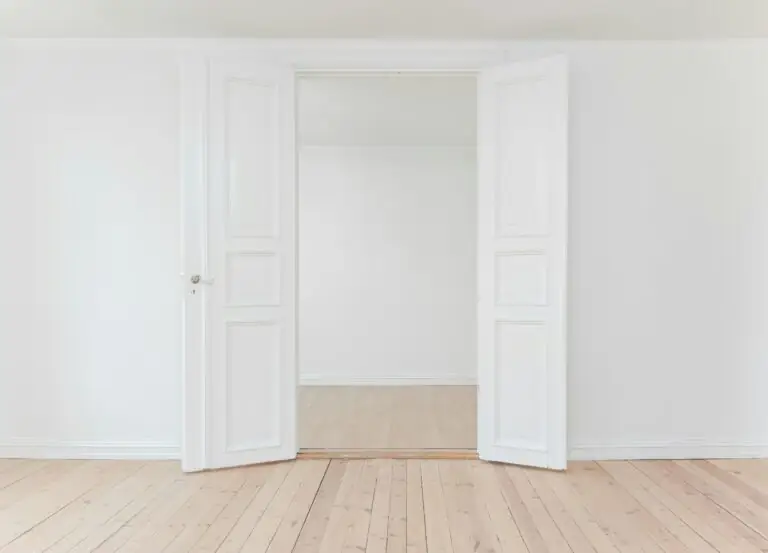How long does it take for paint to dry and cure?

Perfectly painted surfaces adorn our interior, poorly painted surfaces can even lead to depression. However, the result of working with paint depends not only on its quality but also on the correct application.
Most of the mistakes and defects in interior and exterior painting are primarily due to non-compliance with the drying time of the paint and the continuation of work directly on it. This results in cracks, bubbles, sagging, and smeared surfaces. To avoid this, we will figure out how long the paint should dry.
What factors affect the drying time of paint
Of course, each renovation situation is individual, and the time it takes for the paint on your wall or furniture to dry entirely depends on several circumstances. Let’s talk about them in more detail.
Paint type
The properties of the components included in the paint directly affect the drying rate. For example, oil paint is thicker and dries 3-4 times longer than water-based or latex-based paints. If you are doing home renovations and on a tight schedule, be sure to consider a similar option for the room.
Compliance with the rules of application
Each paint has its own technology of use, so it is advisable to carefully adhere to it if you want the surfaces covered with it to dry as quickly as possible – and at the same time, it is advisable to do without amateur performance.
Another point is your personal way of painting. Whatever its composition, you should not lay it in thick strokes, hoping that one layer will be enough. As a rule, in this case, sags and smudges are formed, which really dry for a very long time due to the difficulty of air penetration deep into the paint.
Atmospheric conditions
The ideal situation for painting walls and furniture assumes warm and dry air – such conditions can be considered just reference conditions. The higher the humidity and the lower the temperature in the room, the longer the paint will dry. How to deal with this, read below.
Drying time of the paint and the rules for applying its layers
Today, three types of paint are used for indoor and outdoor use – latex, oil, and water based. Manufacturers also offer coatings for various kinds of surfaces, which must be applied in full accordance with the instructions.
In general, the following basic rules work in terms of paint drying:
You may have noticed that a certain amount of time also elapses between drying and being able to apply a second coat of paint. This is due to a process such as curing – namely, the evaporation of all solvents from the paint. After that, it gains high mechanical strength and less sensitivity to scratches. Suppose this interval cannot be kept and immediately painted with a second layer. In that case, you will have to wait for the wall or door to dry much longer – and during this time, there is a risk of accidentally damaging the not-dried paint layers and accidentally smearing them.
When you have painted the surface with oil paint, you will have to wait about seven days for the entire coating to dry entirely into the depths. In the case of latex, the process takes a little longer and takes about 20-30 days. In any case, it is imperative to study the instructions from the manufacturer indicated on the packaging before proceeding with painting.
Can the paint dry faster?
Patience is an essential quality for any, even a minor renovation. We have to wait for some time until something grabs, settles, soaks, sticks, or dries at almost any stage. In the case of paint, it works the same way, and if you want your surface to be painted perfectly, you’ll have to endure too.
However, there are still cases when there is no opportunity or desire to wait for the natural completion of the process – as a rule, this is due to the need to carry out renovations in a short time. If you want to speed up the drying of your paint, then try the tips below.
Apply the paint in thin layers
No matter how great the desire to apply paint at once in a thick layer, you should not succumb to it – even if it has excellent hiding power. The fact is that, in this case, it will dry much longer. Instead, apply two or three thin layers in succession, with short breaks – due to the flow of air between them, the wall will dry faster, and the coating will turn out to be more even.
Paint the walls one by one
After applying paint to one wall, move on to the next, then to the third, and the fourth. When you finish painting the last wall, the first will be dry enough to apply the second coat of paint.
Create airflow
Do not dry painted surfaces and objects in a completely enclosed room – sometimes, an open window is enough for the drying process to go faster under the influence of the movement of air currents. However, this advice only works in dry weather: if it is fog, rain, or snow outside, the effect will be precisely the opposite.
Try alternative heat sources
Create as dry and warm air as possible in the painted room using a portable heater – this will definitely work. If you are drying furniture or decorative items covered with paint, you can use a hairdryer by moving it along the drying area at a distance of 5-10 cm.
The only caveat is – do not set the temperature too high; otherwise, the paint will not only dry out but also crack. Control the heat carefully and do not make the airflow too hot, no matter how much you want to get the job done as soon as possible.
Obviously, the process of painting both in the house and outside should be taken with the utmost seriousness – including at such a stage as drying. Do the work carefully and competently, be patient, or speed up the drying carefully, and the result of your work will undoubtedly delight you!



